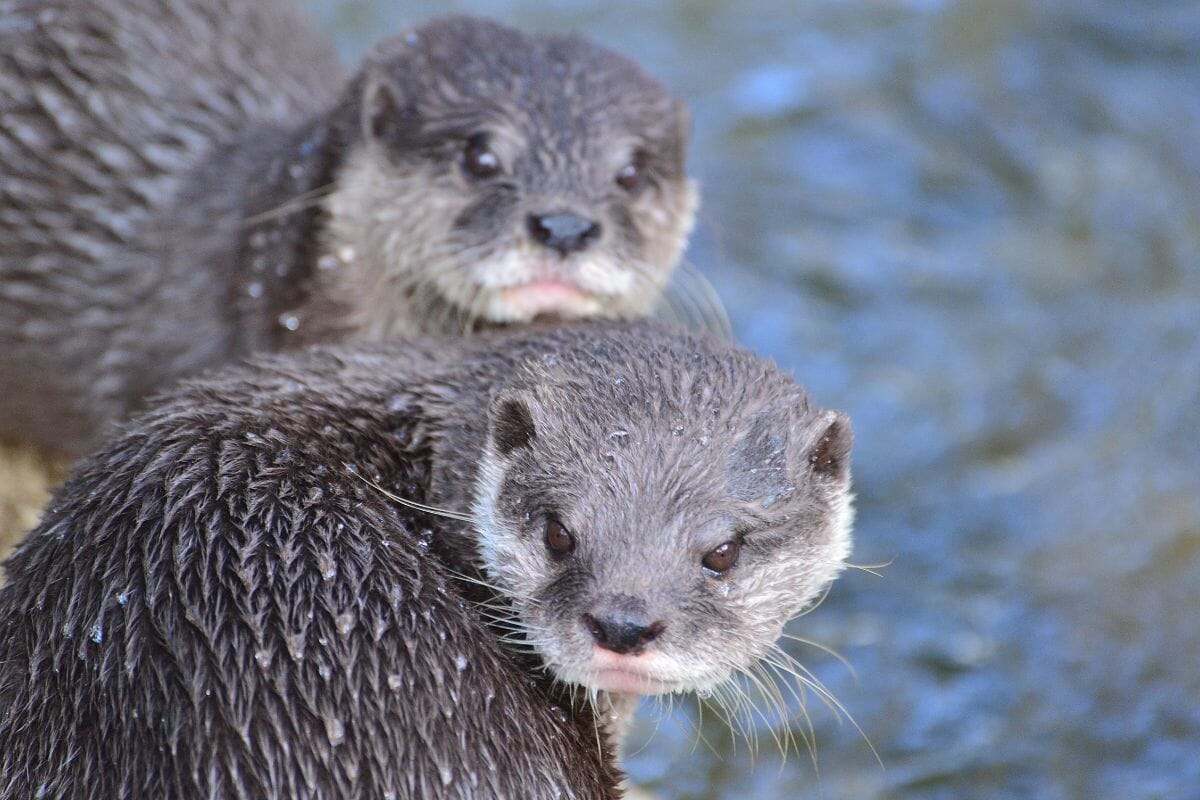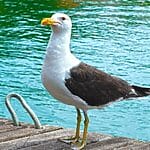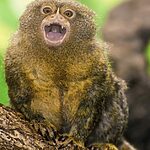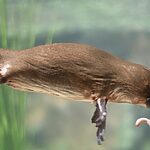We all love otters, don’t we? They’re cute, playful and mostly friendly, even though they keep their distance with us humans.
If you don’t know much about them, they’re carnivorous animals, a part of the weasel family.

They live in bodies of freshwater like rivers, lakes and coastlines.
All of the types of otters have webbed, or partially webbed paws which help them paddle through the water and they have powerful tails which help to propel them through the water.
Their carnivorous diet consists of mainly fish, crayfish and frogs, so don’t worry, humans aren’t on the menu!
But don’t be mistaken, otters have a strong set of teeth and a powerful bite, so if you see these cute, cuddly mammals, make sure you keep your distance.
There’s currently 13 types of otters, which are either semiaquatic, aquatic or marine, but we’ll only be mentioning a few of these wonderful mammals.
So, now that we know a bit more about these wonderful mammals, let’s learn more about the different types of otters!
1. Smooth-Coated Otter
You will find this otter species residing in most of the Indian subcontinent, southeast Asia and has a disjunct population in Iraq.
As you can tell by the name, it has fur that is small and shorter than most other species of otter.
They actually have two layers of fur, the first is called a ‘guard fur’, which keeps their second layer of fur dry whilst they’re in the water.
This enables them to stay warm whilst they’re in the water, either sleeping or hunting.
Its fur is dark to reddish brown along the back, but light brown to almost gray on the underside.
This otter is quite large compared to other species, it can weigh up to 24 pounds and up to 25 inches in head-to-body length.
2. Eurasian Otter
This semiaquatic mammal is native to Eurasia, and mostly found in the waterways and coasts of Europe, many parts of Asia and some parts of northern Africa.
It features a brown and cream coat, the brown color is along the top whilst the cream color is below, and the Eurasian otter is the only otter in much of its range, so it rarely gets confused with other species.
3. Neotropical River Otter
This otter species is found in Middle America, South American and the island of Trinidad.
You’ll see the Neotropical river otter in a few different riverine habitats, and even some evergreen forests, but it much prefers to live in clear and fast-flowing streams.
It’s quite a solitary animal, but they’ll build dens near the edge of the water, this is where they’ll sleep and raise their young.
They feed on mostly fish and crustaceans and are diurnal, so they’ll spend most of their day hunting.
4. Southern River Otter
This otter species actually inhabits both marine and freshwater habitats, even though its name might lead you to believe otherwise, and it’s native to Argentina and Chile.

The Southern river otter has a dark-brown coat on top and a lighter cinnamon color on its underside and can grow up to 2.5 feet long and their tail can add 16 inches to this length and they can weigh up to 22 pounds.
This species of otter is a piscivore, which means that it feeds mainly on fish, but they also hunt mollusks, crustaceans and even birds on occasion.
5. Hairy-Nosed Otter
This semiaquatic mammal is endemic to Southeast Asia, it’s one of the rarest and least known otter species.
Its nose is covered in short hairs, which is where its name comes from.
They have short brown fur that gets lighter on the mammal’s belly, but another telling feature of this mammal is its white chin and beard, giving it a bit of a funny look!
Their head-to-body length can measure up to 32.5 inches, and its tail length can measure up to an astounding 20 inches and the hairy-nosed otter can weigh up to 18 pounds.
They’re more active during the day, this is when they’ll hunt for fish, crustaceans, mollusks and even water snakes and their webbed paws are perfect for a semi aquatic creature like them.
6. Marine Otter
Another rare species of otter, the Marine otter is a relatively unknown species that lives off the Pacific coast of South America.
It typically spends most of its time outside of the water, but they prefer to live in saltwater and coastal environments.
The Marine otter is one of the smallest species of otter measuring up to 45 inches from the tip of the nose to the end of its tail and can weigh up to 11 pounds.
It has a coarse fur that features guard hairs which covers their dense and insulating underfur.
They will make their dens along coastal cliffs, and they’ll usually only venture out to the water to make short hunting trips, in which they’ll hunt for fish, but they can catch invertebrates like clams and crabs on land.
7. Giant Otter
The name probably gives it away, but it is the largest of all the otter species.
It can reach up to 5.6 feet and weigh up to 75 pounds, they’ll eat 6-9 pounds of food per day to keep their big stature.
They have thick, brown fur that is incredibly dense with white patches underneath, almost like the Hairy-nosed otter, it also boasts a wing-like tail which helps to propel them faster through the water.
They have a niche habitat in which you’ll only find them in rivers and creeks along the La Plata River system of the Amazon rainforest.
They live in large families made up of monogamous parents and quite a few generations of offspring.
They’ll usually hunt fish but they aren’t picky eaters, they’ll gladly eat crustaceans, snakes and some other aquatic species.
It’s also the noisiest otter of all the species, making distinct vocalizations that can indicate alarm, aggression and reassurance.
- What Should I Do If A Koala Bites Me? Safety Guide - 2024-05-30
- Are Kangaroos Born Without Hind Legs? A Fascinating Journey - 2024-05-30
- Animals That Look Like Squirrels - 2024-05-30









